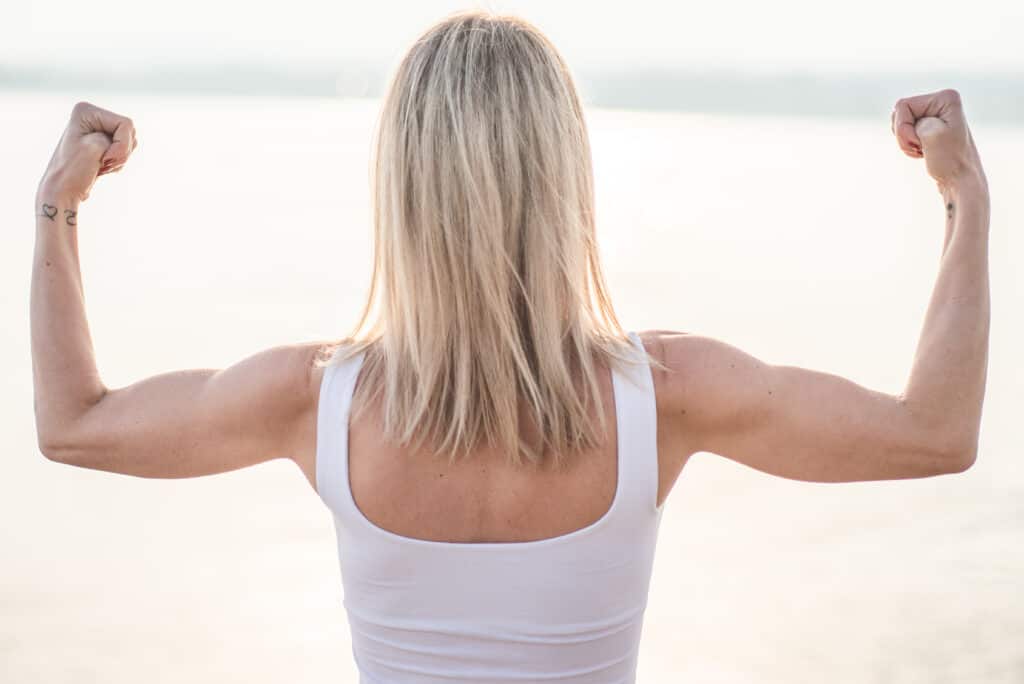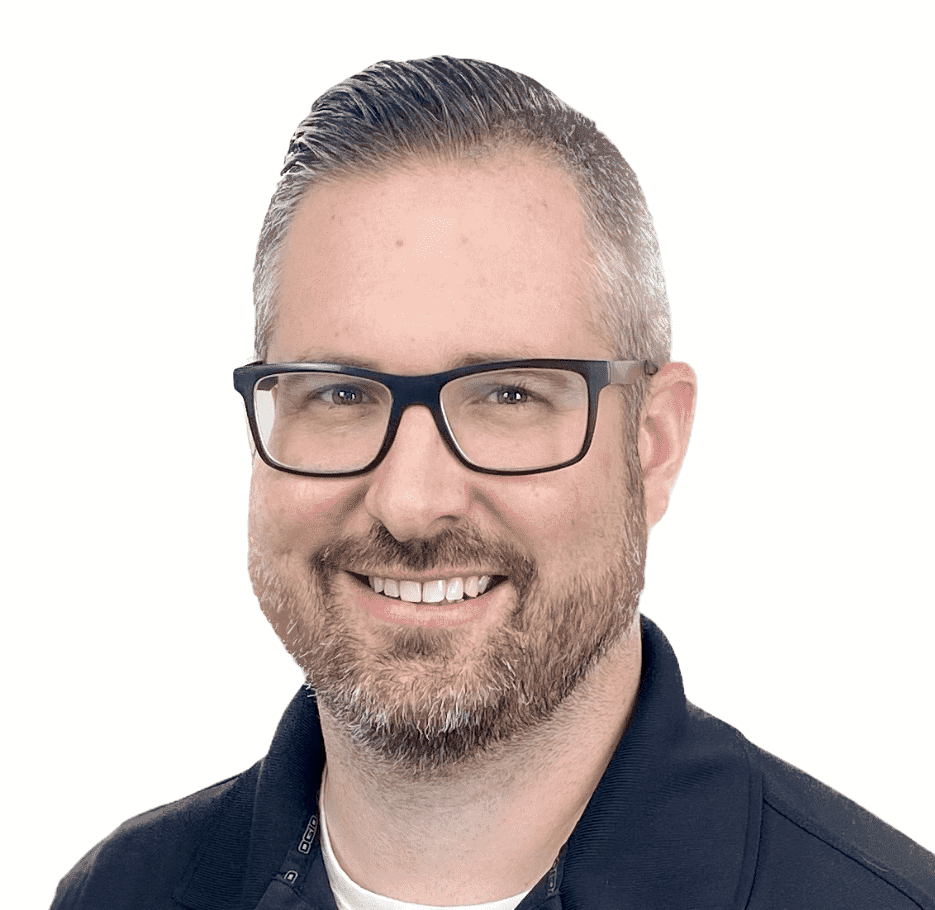
Do I need to wear any particular clothing for my first session?
Will I need to wear a (hospital) gown?
What if I do not have any athletic wear?
All these questions are completely normal to have before your physiotherapy session.
Hopefully the following three tips can help provide some insight into how to choose the appropriate clothing based on what aspect of the body you are seeking treatment for and to get the most out of your session.
How Do We Decide?
There are the three key elements to help you determine what clothing to wear for your next physiotherapy rehabilitation session.
Freedom of Movement
Uncover the implicated region
Personal Comfort
Always feel free to reach out prior to your initial assessment to ask any questions regarding what may be considered appropriate attire depending on what body part you are seeking treatment for. For example if you are coming in concerned about your knee or hip, shorts are a great option. If your neck or shoulders are giving you trouble a tank top or loose short sleeve shirt would be favorable over a more restrictive clothing item. Additionally, after your first session you will discuss a plan with your treating physiotherapist to get a better understanding of what to expect for follow up treatments and also decide on what may be more appropriate to wear.
Freedom of Movement
During an initial assessment in physiotherapy there will be a portion of the session in which the physiotherapist will guide you through functional movements and activities to assess mobility and form. Joint range of motion and muscle strength testing will also be assessed, therefore, it is advised to select articles of clothing that you are comfortable moving in and that do not restrict your mobility. An example is wearing jeans while trying to assess hip mobility would be very difficult, as this type of material doesn’t allow for good movement.

Uncovering the implicated region
In some cases it is important for your physiotherapist to be able to have direct access to the body part you are seeking treatment for as this will aid in visual observation of the area but also for ease of treatment. The majority of manual therapy skills require hands-on techniques including soft tissue manipulation and joint mobilizations that are optimally performed when the physiotherapist can have adequate access to the involved limb or body segment. Additionally, techniques such as Graston, cupping, acupuncture and dry needling require the skin to be exposed. Restrictive clothing or bulky clothing items are often more challenging to move, therefore often we suggest wearing loose clothing that can be rolled up or tucked away to expose the implicated region. Additionally, any clothing item such as shorts (exposing the thigh, knee or lower leg) or sleeveless shirts (for shoulder, upper arm and elbow) are a great option and can be layered for comfort if needed.
Personal Comfort
All physiotherapists want to ensure that you are comfortable during your entire session. Therefore if at any time before or during a session if you are feeling uncomfortable or maybe even cold please advise your therapist and they will do their best to accommodate the treatment plan to your preference. Ultimately, during your sessions the goal is that you are dressed comfortably for your body, an added bonus if you select items that allow you to move freely.
Recommendations for areas of injury
Based on the above points, here are some of our recommendations based on the region in question:
Neck -> tank top or t-shirt
Shoulder -> sleeveless shirt or t-shirt that can be rolled up easily
Elbow and arm -> t-shirt
Low back -> t-shirt and athletic pants or shorts
Hip -> athletic pants or shorts
Knee, thigh and lower leg -> shorts
As always, if you aren’t quite sure what to wear then it doesn’t hurt to ask the question either when scheduling your appointment or prior to attending your session. This way you will be able to benefit the most from having a in-depth movement assessment and palpation of the region, but you will also get a more thorough treatment session.







